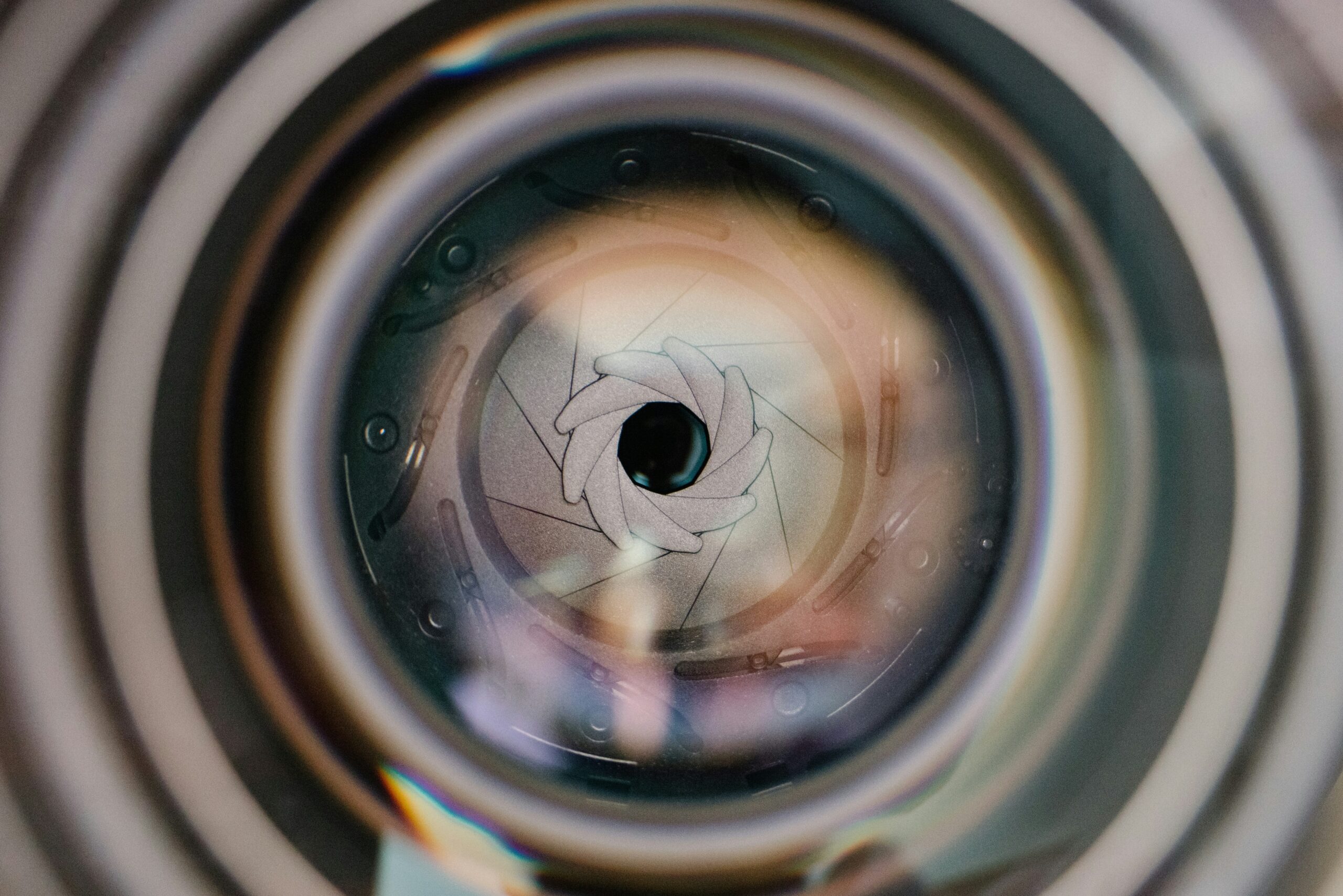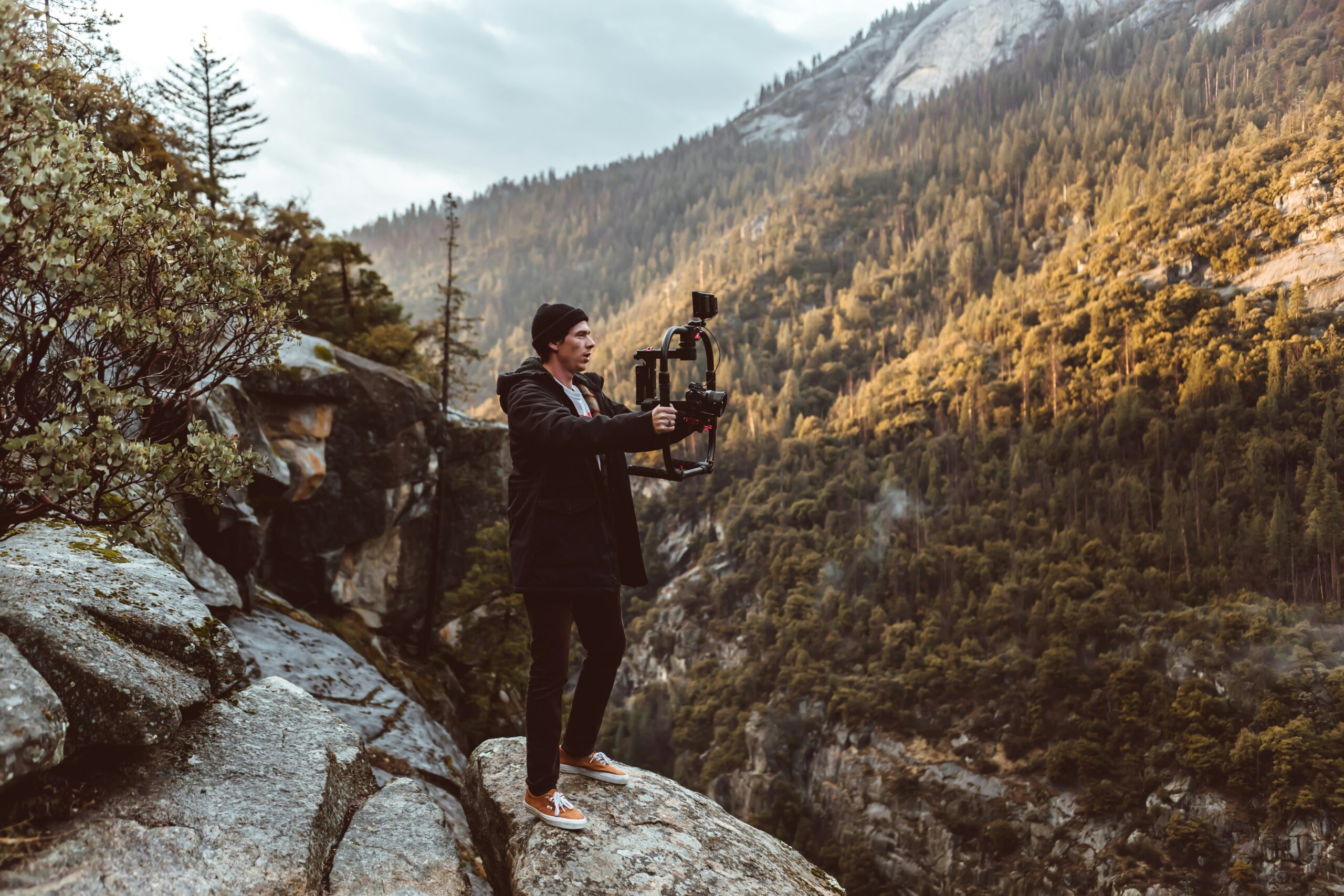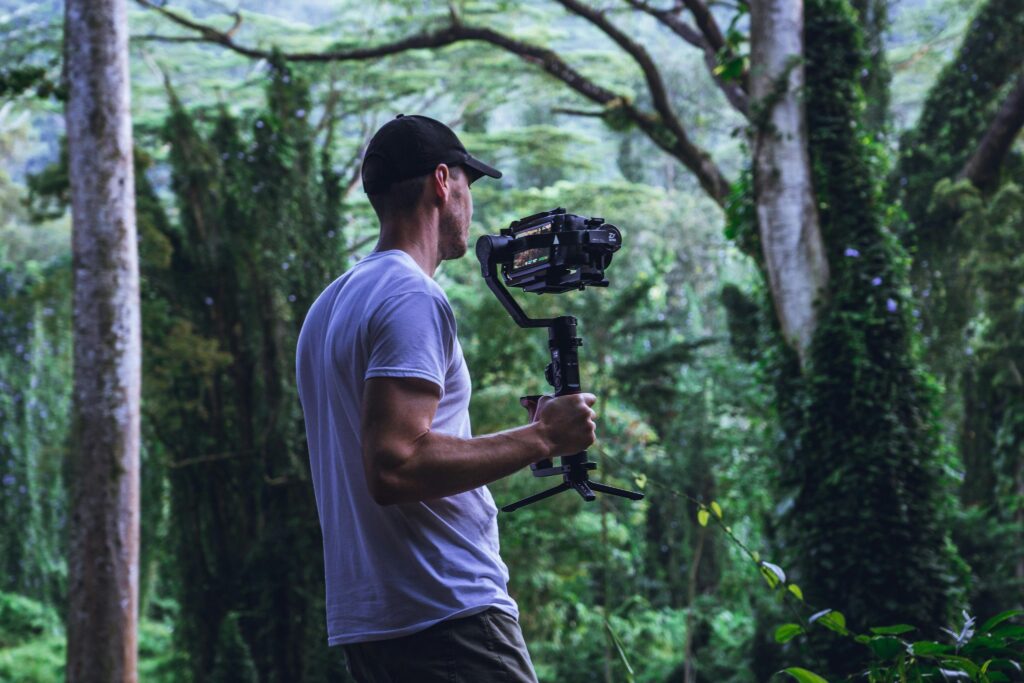“Ever stared at a $5,000 camera repair bill and thought, ‘There’s no way I’m paying this out of pocket’? Yeah, us too.”
If you work in media—whether as a content creator, journalist, or filmmaker—you know how expensive (and fragile) your gear can be. Cameras, microphones, lighting rigs, laptops—they’re all critical to your craft but also prone to breaking down or getting damaged. That’s where understanding Equipment Replacement Costs and having the right insurance coverage becomes your financial lifeline.
In this post, we’ll break down exactly what Equipment Replacement Costs are, why they matter for your media insurance policy, and how to avoid unexpected disasters that could bankrupt your workflow. You’ll learn:
- The sneaky ways equipment costs can spiral out of control.
- A step-by-step guide to choosing the best media insurance plan.
- Honest tips on avoiding common mistakes (yes, even ones I’ve made).
Table of Contents
- Key Takeaways
- Why Are Equipment Replacement Costs Such a Big Deal?
- Step-by-Step Guide to Protecting Your Gear
- Best Practices for Managing Costs
- Real-Life Examples from Media Professionals
- FAQs About Equipment Insurance
- Conclusion: Stay Covered, Stay Creative
Key Takeaways
- Equipment Replacement Costs refer to the price of replacing damaged or stolen gear—not just fixing it.
- Media insurance policies often exclude high-value items unless explicitly stated. Read the fine print!
- Documenting your equipment inventory is non-negotiable for optimal reimbursement.
Why Are Equipment Replacement Costs Such a Big Deal?
I once dropped my brand-new DSLR during a photoshoot. It wasn’t dramatic—a 2-foot fall onto grass—but enough to crack the lens and render it useless. The repair cost? A cool $800. And guess what? My generic homeowner’s insurance didn’t cover “business use” cameras. Ugh.
This taught me two valuable lessons:
- Replacement vs. Repair: Some insurers will only pay for repairs, leaving you stuck if the item needs total replacement. For example, older models might not have parts available anymore.
- Gear Isn’t Cheap: Whether you’re shooting with an iPhone gimbal ($300+) or a RED cinema camera ($30k+), the stakes are high when accidents happen.

Step-by-Step Guide to Protecting Your Gear
Here’s how to ensure you’re fully covered without going broke:
Step 1: Audit Your Equipment
Create a detailed list of everything you own professionally. Include serial numbers, purchase dates, and receipts. This documentation saves hours during claims.
Step 2: Compare Insurance Policies
Not all plans are created equal. Look for:
- Coverage limits per incident.
- Replacement cost versus actual cash value (ACV).
- Exclusions like theft outside your home or accidental drops.
Step 3: Add Riders If Necessary
If your existing policy won’t cover all your gear, consider adding riders (additional endorsements). These typically cost extra but offer tailored protection.
Best Practices for Managing Costs
To keep premiums low while staying protected:
- Bundle Policies: Combining renters’ insurance with professional liability can save money.
- Avoid Over-Insuring: Don’t insure a $50 tripod under a $5,000 plan. Know which items truly need coverage.
- Rant Alert: Stop relying on credit card warranties! Most only cover purchases within 90 days and exclude business tools entirely.
Real-Life Examples from Media Professionals
Sarah, a travel videographer, learned her lesson the hard way. Her drone crashed mid-flight over Iceland (dramatic fail noise here 🎵), resulting in a $1,200 loss. Luckily, she had a robust media insurance plan that refunded her immediately. Moral of the story? Always opt for worldwide coverage if you’re constantly moving.

FAQs About Equipment Insurance
What happens if my gear gets stolen without proof?
Policies usually require evidence, like police reports, to process theft claims. Without them, you may be out of luck.
Can I claim wear-and-tear damages?
Nope! Most policies strictly exclude normal deterioration. Save these costs for maintenance budgets instead.
Is annual renewal worth it?
Absolutely. Even one minor claim can exceed yearly premiums, making long-term coverage smarter financially.
Conclusion: Stay Covered, Stay Creative
Let’s face it—equipment mishaps suck. But with a solid understanding of Equipment Replacement Costs, you can protect your creative ventures and wallet simultaneously. Remember:
Optimist You: “This guide will save me thousands!”
Grumpy You: “Ugh, fine—but only if coffee’s involved.”
And finally, because nostalgia heals all wounds:
Camera clicks, Lens shatters fast— Insurance saves.


